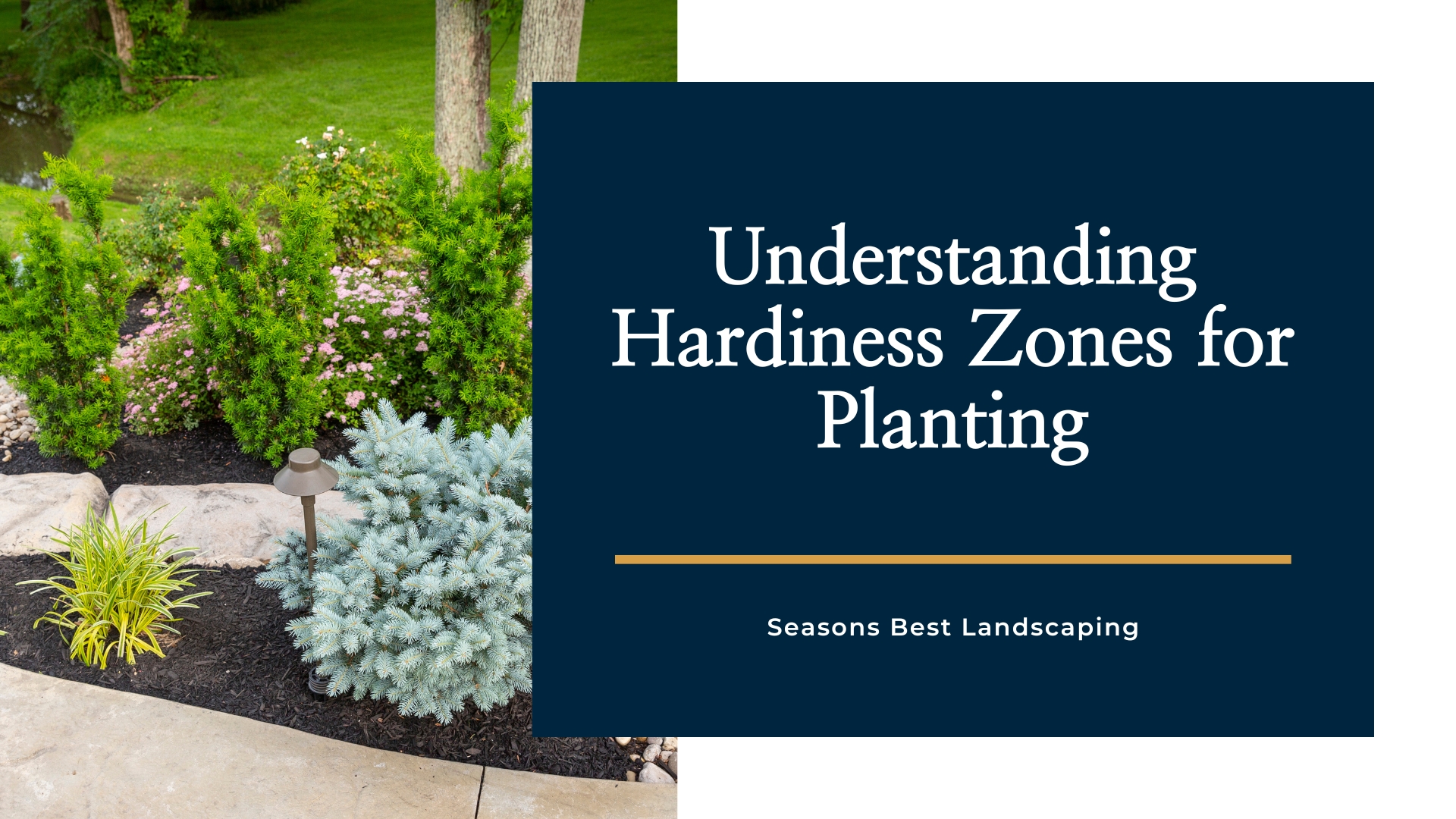
Planting Zones Matter: Know Where You Fall On the Hardiness Map
This year you’ve decided to really get out there and amp up your curb appeal with some beautifying flower beds and perhaps some veggies, too! Knowing which plants will work in your and when to get them in the ground has a lot to do with knowing which zone you’re in which poses the question, “What the heck is a zone and what is mine?” Luckily for you, we have studied the hardiness map and know how to help your Cincinnati landscape.
Your zone — which is based on the average minimum winter temperature where you live — is the standard by which gardeners and growers determine which plants will grow best in which areas. You can find yours on the USDA (United States Department of Agriculture) Plant Hardiness Map. Here in Southwest Ohio/Northern Kentucky, we are in Zone 6 and blessed to be in an area where both warm and cold weather plants thrive and accommodate very long growing periods.
The following are a few of the steps you can take to get your planting started for Zone 6:
Clean Up
As we discussed in our Spring Checklist last month, you’ll want to make sure that you’ve cleared out your old mulch, cleared away any brush or debris and top-dressed your beds with compost. The better you prep now, the less work later.
Veg Out
One of the best ways to save money and get healthy is to plant and harvest your own vegetables. Now is the perfect time to plant carrots, beets, turnips, potatoes, peas, tomatoes, spinach and other leafy greens. You’ll be amazed at how good a salad straight out of the garden tastes! If you are planting peas go ahead and put up a trellis for tall varieties as soon as they start to sprout and stake your tomatoes and get cages up around them.
Redistribute
The wonderful thing about perennials is that, well, they’re perennials. Just like you’re out of town in-laws, they come back. Every. Single. Year. In this case, though, that’s a good thing. Dig up, divide and replant things like fall asters, forget-me-nots, Shasta daisies, phlox and chrysanthemums.
Transplant
Starting seeds inside – herbs, veggies and flowers – is a fantastic way to get a jump on your gardening and March and April are a great time to do this. Come May and June when the weather has settled and there’s no real chance of frost you’ll be able to add these into your beds.
Seed Annuals
Annuals are fun because you get to play around a bit and choose new ones each year. Now is a suitable time to sow your beds with flowers like larkspur, bachelor’s buttons and sweet peas.
Let Us Take The Confusion Out of the Hardiness Map
Regardless of whether you’re an experienced gardener or a total newbie there are many things that we can do to help you get a good start on your garden beds and the rest of your landscape. Our professionals have more than 10 years of combined experience and offer a full range of services from mowing, mulching, tree & shrub planting to landscape installation, irrigation management and fertilization. Let us take that work off your hands and schedule a consultation today!
